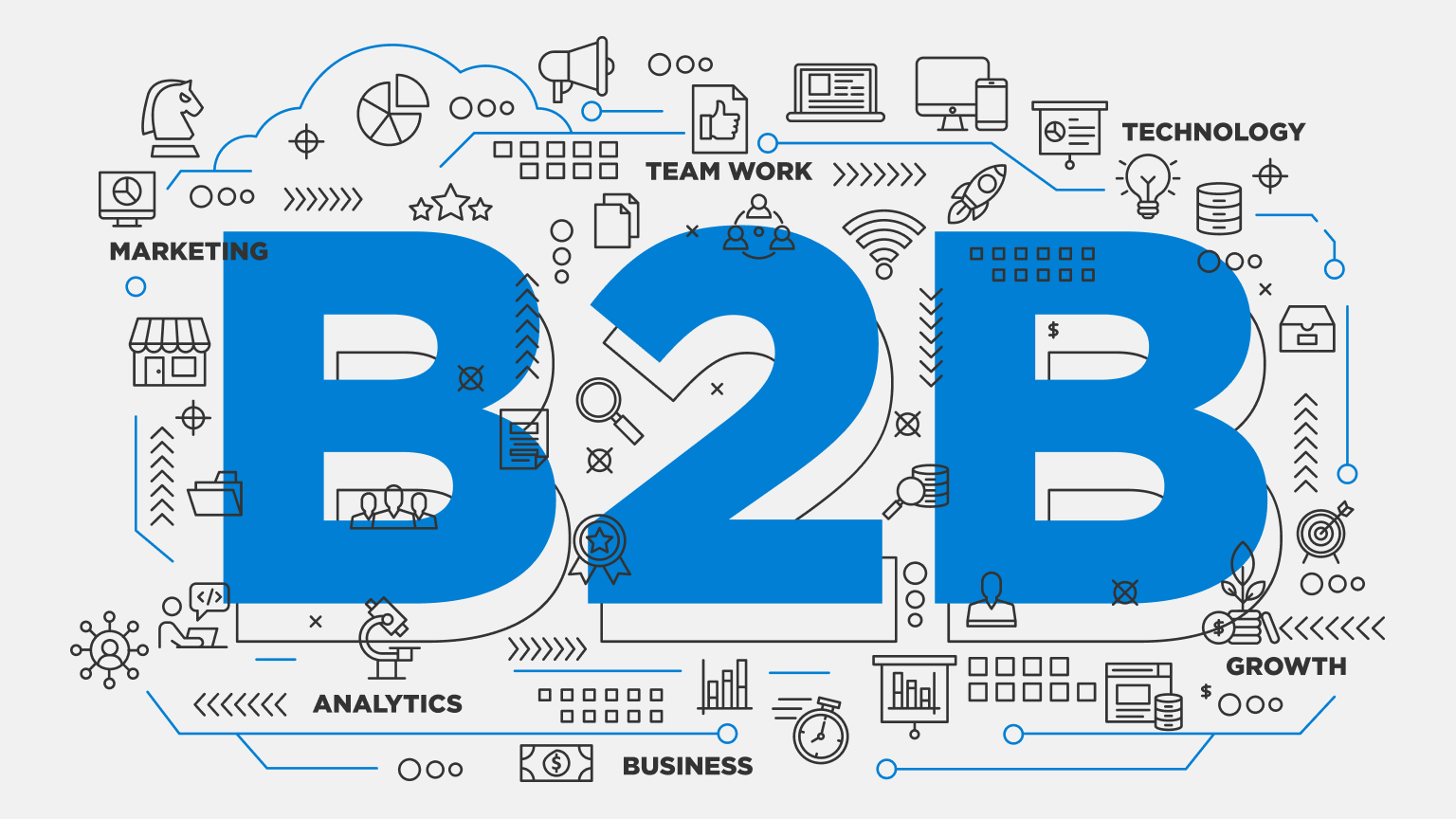Defining the difference between brand strategy and marketing strategy is vital for businesses seeking to establish a strong market presence and foster lasting customer relationships. With these two concepts often used interchangeably, it's essential to identify their distinctions to ensure success. In this article, we'll delve into the brand strategy definition, explore the marketing strategy definition, and provide an overview of their key differences. Join me as we navigate through these crucial concepts, preparing your business for a successful brand and marketing journey.

Understanding the core concepts
In order to fully appreciate the difference between brand strategy and marketing strategy, we must first understand their definitions and the roles they play in shaping a company's success. Grasping these concepts will allow businesses to build a strong market presence and foster long-lasting customer relationships. Let's dive into the core concepts of brand strategy and marketing strategy while providing real-world brand strategy examples to better illustrate these ideas.
Brand strategy definition
Brand strategy is a long-term plan that focuses on creating a unique identity for a business, product, or service. It entails developing a distinctive brand image, message, and personality that ultimately set the company apart from competitors and resonate with consumers. A solid brand strategy serves as the foundation for effective marketing efforts and has a lasting impact on the company's public perception. Apple, for example, built its brand around simplicity, innovation, and user-centric design, which helped to cement its status as a leading technology provider.
Marketing strategy definition
Marketing strategy, on the other hand, is a more targeted approach to promoting a company's products or services. It involves the implementation of specific tactics, channels, and messaging that directly influence consumer behavior with the goal of driving sales. While a marketing strategy is certainly informed by a company's brand strategy, it focuses more on attracting customers and boosting revenue in the short-term. Nike, for example, utilizes various marketing strategies including collaborations with celebrities, sponsoring sports events, and creating engaging digital campaigns to promote its products and increase sales.
In summary, both brand strategy and marketing strategy play critical roles in the success of a business. While brand strategy shapes the company’s identity and long-term public perception, marketing strategy is employed to directly influence consumer behavior and drive sales. Understanding the difference between these two concepts and applying them judiciously will form the backbone of any successful marketing endeavor.
Brand strategy vs Marketing strategy explained
It's crucial to understand that brand strategy and marketing strategy, although interconnected, play distinct roles within a company's business framework. A brand strategy primarily focuses on creating and establishing a company's identity, its unique voice, and guiding its long-term overall vision. On the other hand, a marketing strategy zeroes in on actionable moves and campaigns that will directly influence customer behavior, convert leads, and ultimately, drive sales.
The harmonious interplay between cultivating a strong brand identity and executing strategic marketing actions can significantly elevate a company's overall success in the marketplace. While the brand strategy strives to shape how the company is perceived by the public, the marketing strategy seeks to reach and engage consumers utilizing a clear understanding of their needs and preferences.
Another essential aspect to consider is how a brand strategy intersects with the overall marketing plan. While these two concepts may overlap, a brand strategy is typically broader in scope, outlining the company's core values, vision, and how it wants to be perceived. Comparatively, the marketing plan involves specific, measurable tactics to promote products or services in a way that resonates with the target audience. The marketing plan should always be consistent with the brand strategy, ensuring that all outreach accurately reflects the brand's unique identity and values.
In conclusion, the delicate balance between a brand strategy and a marketing strategy has a significant impact on a company's long-term success. By understanding the nuances between these two essential concepts and tailoring them to your specific business goals, your brand can reach its full potential in both consumer perception and concrete results.

The strategic focus of branding
In this section, we will delve deeper into the key pillars of brand strategy that contributes to long-term vision and identity, fostering emotional connections with the target audience, and discuss a few successful brand strategy examples.
Long-term vision and identity
A crucial component of a solid brand strategy is the development of a long-term vision and identity for the company. This means crafting an overarching direction which guides the brand's evolution to make sure the brand stays relevant, engaging, and recognizable in the market. A successful example of a brand with a strong long-term vision and identity is Apple. Apple's vision to create a seamless user experience with innovative technology has helped them maintain a consistent identity known for simplicity and cutting-edge design.
Creating emotional connections
Another essential aspect of a powerful brand strategy is establishing emotional connections with the audience. This is achieved by tapping into the consumers' emotions, inspiring trust and loyalty, and encouraging them to associate positive feelings with the brand. For instance, Nike is known for creating emotional connections with consumers through their empowering slogan "Just Do It" and inspirational marketing campaigns that resonate with athletes and fitness enthusiasts worldwide.
Brand strategy examples
Several well-known brands have successfully implemented brand strategies that focus on long-term vision, identity, and creating emotional connections. Some of these examples are:
- Coca-Cola: Coca-Cola's brand strategy focuses on spreading happiness and togetherness, making the brand synonymous with joy and celebration. Their long-term vision consists of fostering connections among people and evoking emotions of happiness and unity.
- Starbucks: Starbucks emphasizes crafting a unique experience for their customers by creating a welcoming, cozy ambiance. Their long-term vision consists of offering a consistent, high-quality café experience where customers can connect and enjoy superior-quality coffee.
- TOMS Shoes: TOMS built their brand strategy upon the concept of "One for One," meaning that for every pair of shoes purchased, they donate a pair to a child in need. This philanthropic approach has greatly contributed to solidifying emotional connections with consumers who appreciate the charitable nature of the company.
Understanding and implementing these brand strategy concepts can play a pivotal role in differentiating a company from its competitors, building a strong brand identity, and securing customer loyalty.
Driving sales through marketing strategies
As we transition from the ethereal aspects of brand strategy to the more action-oriented facets of marketing, let's dive into how a marketing strategy is designed with the goal of driving sales. Unlike the brand strategy, which is focused more on overall identity and long-term establishment, a marketing strategy definition revolves around the planning and execution of campaigns that aim to influence customers and boost sales.
In the context of a brand strategy vs marketing plan, the latter is more tactical and directly tied to the company's revenue goals. A marketer’s focus is on creating promotional initiatives, such as advertising, content marketing, and public relations, that will resonate with the target audience and move them further along the sales funnel.
At the heart of every marketing strategy lies a deep understanding of the customer - who they are, what they need, and how the company's offerings can fulfill those needs. By using a data-driven approach, marketers can create highly targeted campaigns that address the pain points and desires of their audience. This targeted approach enables businesses to allocate their resources more efficiently and ultimately generate a better return on their marketing investments.
Lastly, a strong marketing plan should also consider the integration and alignment of the brand strategies. By ensuring consistency in messaging and visuals, businesses can create a seamless experience for their customers and reinforce the overall brand identity.
In conclusion, while a brand strategy is about sculpting the company's essence and establishing emotional connections, the marketing plan zeroes in on driving sales through well-designed and executed campaigns. Both strategies are integral to the success of a company and should be developed in harmony, creating symbiosis between positioning and promotion.

Tactical Differences: Brand Strategy vs Marketing Plan
In this section, we will delve into the nuanced tactical differences between an overarching brand strategy and a detailed marketing plan. While both are indispensable components of a company's success, understanding their individual roles within the marketing mix is crucial to strategically allocating resources and efforts for maximum impact.
The role of brand strategy in the marketing mix
Brand strategy uniquely contributes to the marketing mix by establishing a company's identity, values, and long-term vision. It serves as a North Star, guiding all marketing initiatives and efforts to ensure that each element accurately reflects and supports the brand image. For example, Apple has built a strong brand strategy based on innovation, sleek design, and top-tier quality, which subsequently informs every aspect of their advertising, product development, and customer experience tactics.
Aligning messaging for cohesive promotion efforts
Another important aspect that accentuates the difference between brand strategy and marketing strategy lies in aligning messaging across various channels. A well-crafted brand strategy provides a clear, consistent message that resonates with its target audience and is seamlessly woven into all of the company's marketing efforts. For instance, Nike maintains a cohesive promotional effort with its iconic "Just Do It" slogan and empowering messages, ensuring that their advertising, social media, and in-store experiences all echo the same motivational tone.
In conclusion, while there are clear differences between brand strategy and marketing strategy, it's essential for businesses to recognize the interplay between these two components and harness their distinct strengths to achieve a cohesive, effective approach to promoting their products and services.
Also read
Conclusion
In this article, we have explored the key differences between brand strategy and marketing strategy. By understanding these distinctions, businesses can leverage both to achieve lasting success. As we have discussed, a brand strategy aims to build a strong identity and emotional connection with customers, which is essential for long-term growth. In contrast, marketing strategy focuses on driving sales and directly influencing consumer behavior through tactical campaigns and promotions.
To provide some context, we have dissected the main components of each strategy, providing real-world examples of successful branding and marketing efforts. By examining these examples, it becomes evident that a well-rounded approach that incorporates both strategic and tactical elements is necessary for business success. The difference between brand strategy and marketing strategy lies in the unique contributions each approach offers: where branding focuses on a company's long-term vision and identity, marketing zeroes in on the more immediate goal of driving sales through targeted actions.
In conclusion, harnessing the power of both brand and marketing strategies can enable a business to create a comprehensive and cohesive plan that results in a strong market presence and loyal customer base. With a clear understanding of the differences and interplay between these two crucial elements, the modern entrepreneur is well-positioned to build a thriving business that leaves a lasting impression on consumers.
FAQ
What is the difference between brand strategy and marketing strategy?
Brand strategy focuses on long-term vision, identity, and emotional connections, while marketing strategy centers around driving sales and executing tactical actions to promote products or services. Both are essential for a business to succeed but serve distinct purposes within the company framework.
Can you provide a clear definition of brand strategy and marketing strategy?
Brand strategy is the plan to develop, communicate, and manage a company's identity, values, and public perception. Marketing strategy, on the other hand, is the approach taken to promote products or services with the aim of influencing consumer behavior and increasing sales.
How does a brand strategy intersect with a marketing plan?
A brand strategy lays the foundation for a company's long-term vision and identity, serving as a guiding force behind the marketing plan. It helps ensure that promotional activities and messaging align with the brand's core principles and resonate with the target audience.
What role does emotional connection play in brand strategy?
Emotional connections are vital to brand strategy because they foster customer loyalty and trust, strengthening the relationship between consumers and the company. By appealing to emotions, brands can create lasting bonds that drive long-term customer retention and positive word of mouth.
What are some examples of successful brand strategy?
Well-known examples of successful brand strategies include Apple's focus on innovation and aesthetics, Nike's commitment to athletic empowerment and performance, and Coca-Cola's consistent theme of happiness and moments of enjoyment shared with friends and family.
How do marketing strategies help drive sales?
Marketing strategies create awareness, interest, and consideration for a company's products or services by targeting specific customer segments, utilizing various promotional tactics, and delivering persuasive messaging. These initiatives generate demand and consumer engagement, ultimately achieving sales goals and boosting revenue.
What is the role of brand strategy in the marketing mix?
Brand strategy serves as a compass for the marketing mix, guiding the promotional activities across different channels and ensuring coherence among product, price, place, and promotion. By consistently communicating the brand's unique selling points and values, companies establish a strong market presence that differentiates them from competitors.






































